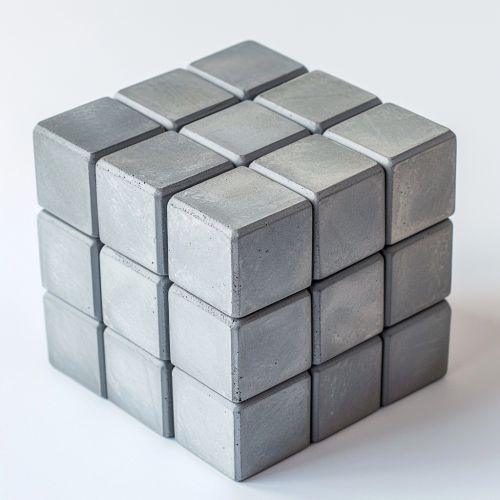Cubic number
Definition and Properties
A cubic number, also known as a cube number or a perfect cube, is a number that can be expressed as the cube of an integer. In other words, if n is an integer, then n³ is a cubic number. The cubic numbers are a subset of the whole numbers, which include both positive and negative integers as well as zero.
The first few cubic numbers are 0, 1, 8, 27, 64, 125, 216, 343, 512, 729, and so on. These numbers are generated by cubing the integers 0, 1, 2, 3, 4, 5, 6, 7, 8, 9, and so on, respectively.
Cubic numbers have several interesting properties. For example, the difference between consecutive cubic numbers is a sequence of arithmetic progressions. This can be demonstrated by the formula (n+1)³ - n³ = 3n² + 3n + 1, which simplifies to 3n(n + 1) + 1. This formula shows that the difference between consecutive cubic numbers is always an odd number.


Cubic Roots
The cubic root of a number x is the number y such that y³ = x. In other words, if you cube the cubic root of a number, you get the original number back. The cubic root of a cubic number is always an integer.
The cubic root of a number can be calculated using the formula ³√x. For example, the cubic root of 8 is 2, because 2³ = 8. The cubic root of 27 is 3, because 3³ = 27. And so on.
Cubic Numbers in Geometry
In geometry, cubic numbers have a direct interpretation as the number of unit cubes that can be arranged to form a larger cube. For example, 8 unit cubes can be arranged to form a larger cube with a side length of 2 units. Similarly, 27 unit cubes can be arranged to form a larger cube with a side length of 3 units, and so on.
This geometric interpretation of cubic numbers is often used in volume calculations. For example, the volume of a cube with side length n is n³, which is a cubic number.
Cubic Numbers in Algebra
In algebra, cubic numbers often appear in the solutions to cubic equations. A cubic equation is an equation of the form ax³ + bx² + cx + d = 0, where a, b, c, and d are constants and x is the variable.
The solutions to a cubic equation are given by the cubic formula, which involves the cubic root of a number. If the coefficients of the cubic equation are integers, and the equation has an integer solution, then that solution is a cubic number.
